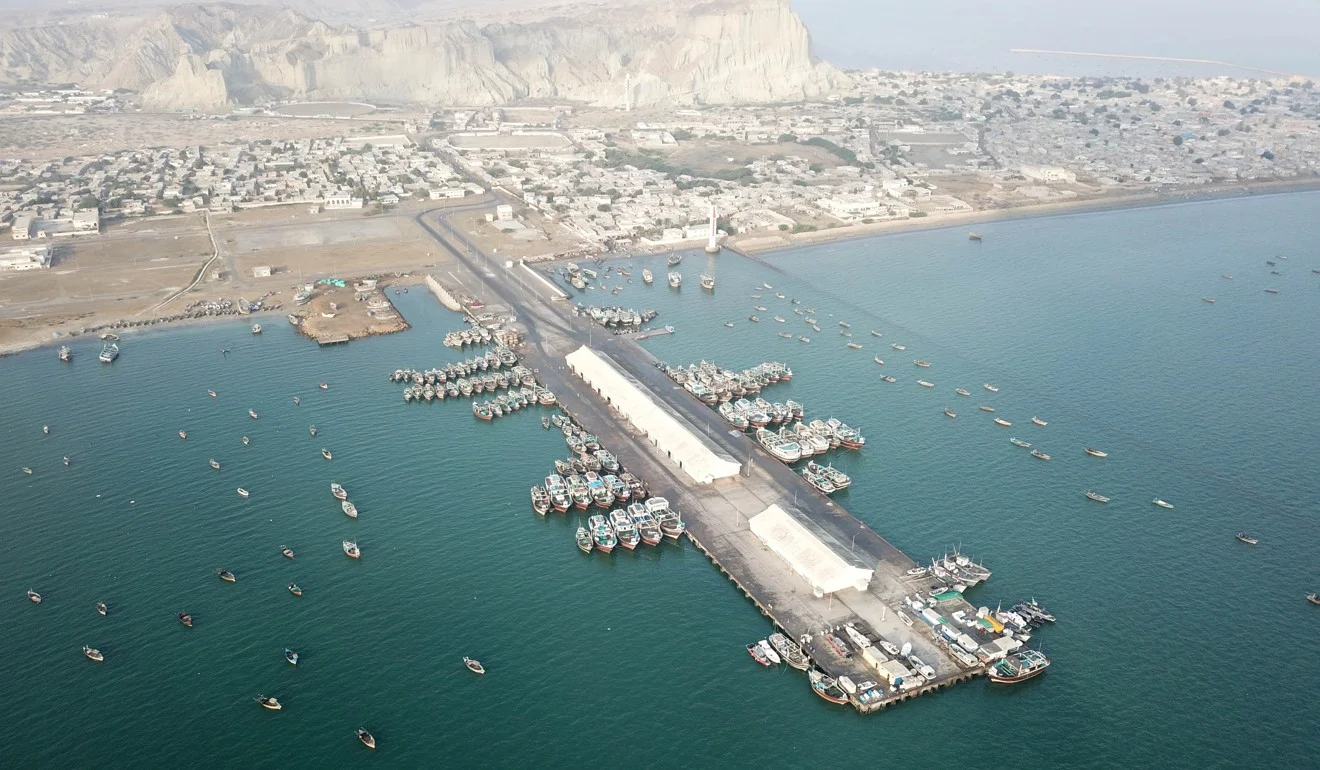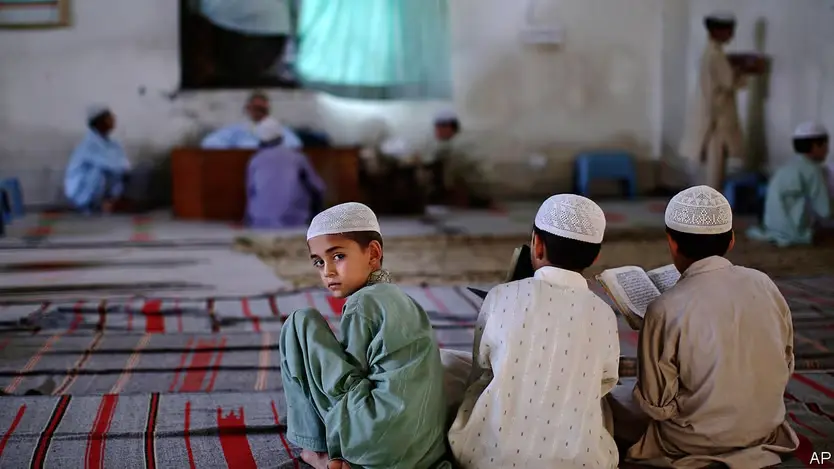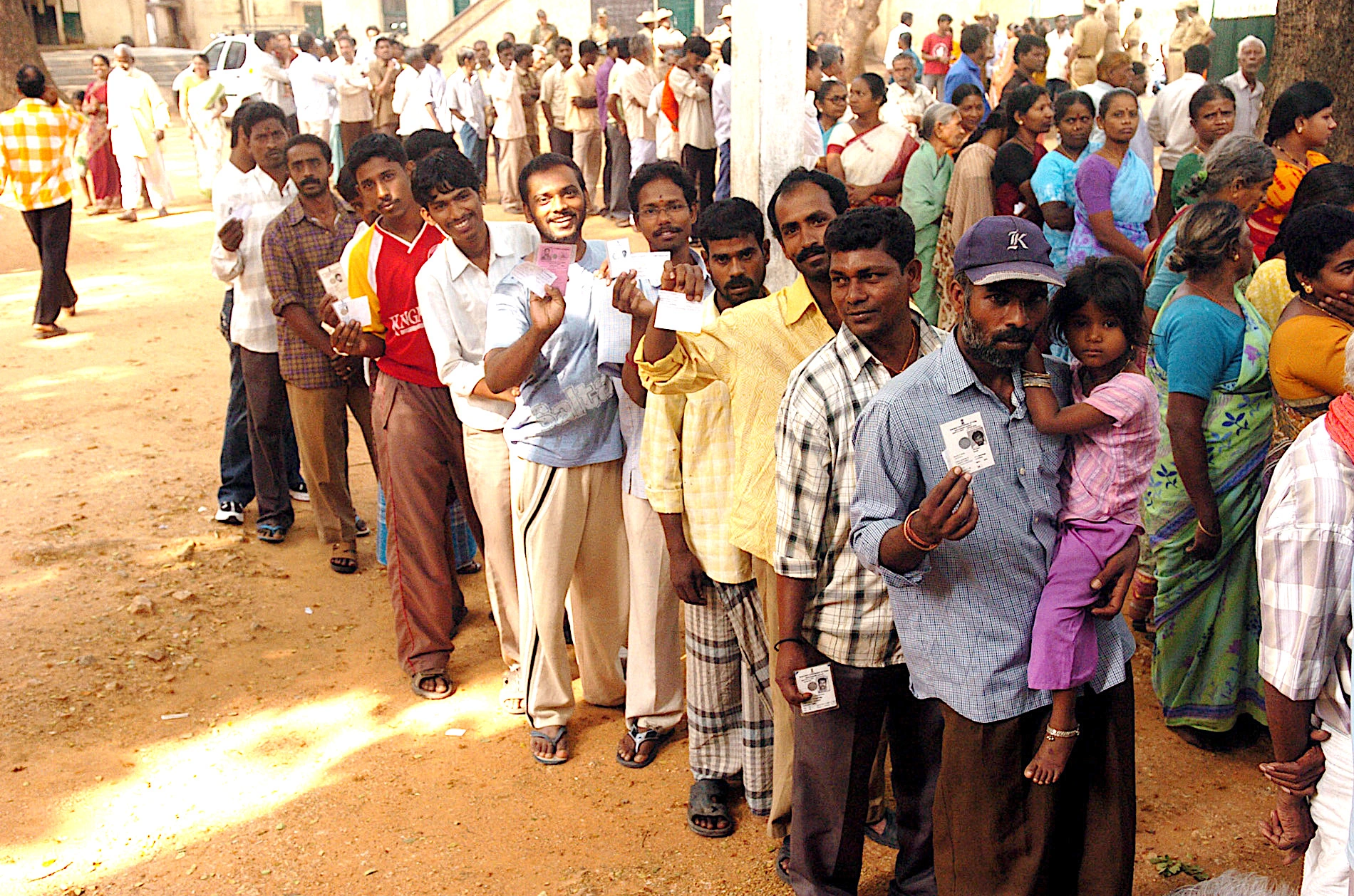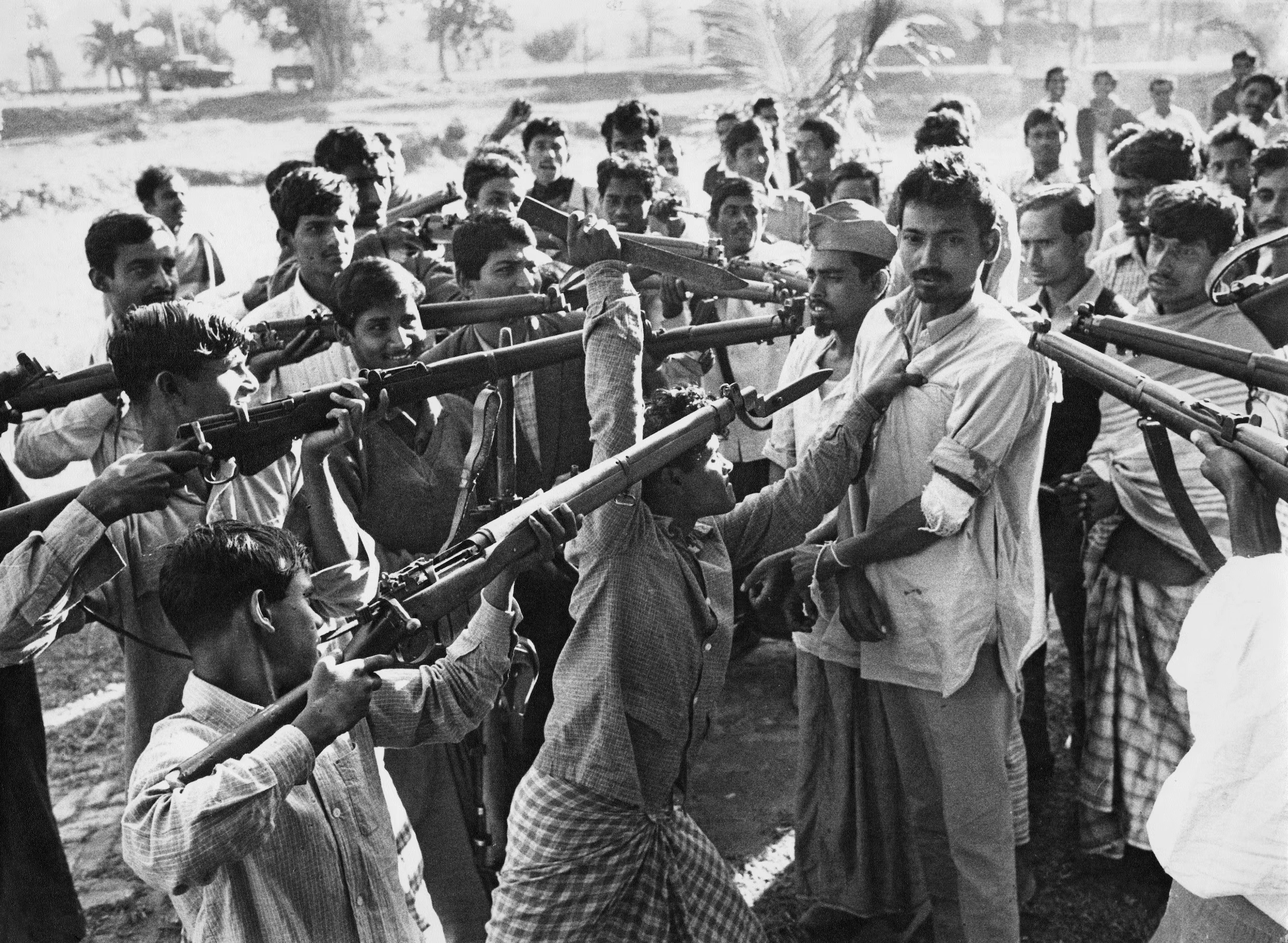The recent suicide attack on March 26th, targeting a convoy of Chinese workers near Besham city in northwest Pakistan, serves as a grim reminder of the ongoing security challenges faced by Chinese nationals in the region. This attack, resulting in the deaths of five Chinese citizens and their Pakistani driver, is the latest in a series of incidents targeting Chinese interests in Pakistan.
Dating back to November 2018, when the Baloch Liberation Army (BLA) attacked the Chinese consulate in Karachi, killing two police officers, the history of violence against Chinese presence in Pakistan is deeply concerning. This attack was followed by a suicide bombing in April 2021, which targeted the Chinese ambassador, resulting in five fatalities near his hotel in Quetta. Subsequent attacks in July 2021 and August 2021 claimed the lives of nine Chinese workers in Khyber Pakhtunkhwa and two children in Gwadar, respectively. In April 2022, three Chinese instructors and their Pakistani driver were killed in a BLA suicide bombing at the Confucius Institute in Karachi.
These attacks coincide with a broader pattern of violence in Balochistan province, a key region for the China-Pakistan Economic Corridor (CPEC).
The CPEC, launched as part of China’s Belt and Road Initiative (BRI), aims to connect the two countries through a network of infrastructure and investment projects. However, the project has faced opposition from various quarters, particularly India, which views it as a strategic threat.
![CPEC geopolitics plays a pivotal role in shaping the regional landscape [Image Source: chinausfocus.com]](https://southasiatimes.org/wp-content/uploads/2024/03/de2cb11ac1b04f3782a69ff41f083991.webp)
India’s concerns stem from the CPEC’s route, which passes through Kashmir and Gilgit-Baltistan, territories that India claims. India fears that CPEC would internationalize the Kashmir issue as well.
In June 2015, just two months after Chinese President Xi Jinping’s declaration of a $46 billion investment in Pakistan’s infrastructure and energy ventures through the China-Pakistan Economic Corridor (CPEC), India’s Prime Minister Narendra Modi conveyed to China his disapproval.
Afterward, in January 2017, his foreign secretary, Subrahmanyam Jaishankar reiterated Modi-led India’s stance stating, “The CPEC passes through a territory that we see as our territory. Surely people will understand what [the] Indian reaction is. There needs to be some reflection and I am sorry to say that we have not seen signs of that.”
Beyond territorial disputes, India fears that a successful CPEC would bolster China’s regional influence and strengthen Pakistan, its historic rival. In response, India has pursued a strategy of supporting Baloch separatist groups and leveraging international forums to project separatist elements in Balochistan under the guise of human rights concerns. However, this approach raises questions about India’s own treatment of minorities, particularly in Kashmir, where it has been accused of committing atrocities.
![Resistance to annexation emerged in July 1948 post-return of the Khan of Kalat's brother from Afghanistan [Image Source: Getty Images]](https://southasiatimes.org/wp-content/uploads/2024/03/GJsTSW4XMAAd73r.png)
While the persistent militancy in Balochistan traces back to the time of the province’s integration into Pakistan post-independence in 1947, with initial resistance emerging as early as July 1948, triggered by the return of the Khan’s brother from Afghanistan; It’s crucial to note that the conflict did not solely arise from the annexation itself but was fueled by external influences, even back then.
For decades, separatist groups like the BLA, Dr. Allah Nazar Baloch’s Baloch Liberation Front, and the United Baloch Army operated on the fringes, targeting railway tracks and non-Balochi residents. These groups were initially seen as minor threats.
However, in recent years, the Baloch separatist movement has undergone a significant transformation. The militants have acquired more sophisticated weaponry and honed their tactics, increasing their capabilities and reach especially after their merger with the Tehreek-e-Taliban Pakistan (TTP). This is evidenced by a recent surge in attacks, including the killing of at least 17 Pakistani soldiers in raids on checkpoints and paramilitary bases.
Security officials suspect these attacks were planned in the neighbouring countries evidenced by Pakistan’s recent strikes on BLA and TTP camps in Iran and Afghanistan. Furthermore, Pakistan accuses India of funding and providing intelligence to Baloch separatists, a claim echoed by Sarfraz Bangulzai, head of the Baloch Nationalist Army (BNA), upon his surrender to Pakistani authorities. However, India staunchly refutes these allegations.
The history of foreign intervention through proxy groups in the region raises concerns about external support for the separatist elements. India’s utilization of Afghanistan’s territory to finance and train Baloch separatists has also been corroborated by American author Webster Tarpley, who highlights RAW’s recruitment of militants from Afghanistan to support terrorist activities inside Pakistan.
In March 2016, Pakistan’s capture of Indian spy Kulbhushan Jadhav in Balochistan is a reference point. Yadav confessed in a video statement, acknowledging his affiliation with RAW and his involvement in operations aimed at destabilizing Pakistan and disrupting CPEC. Operating under the alias “Mubarak Patel,” Yadav was stationed in the Iranian Port City of Chahbahar. Regarding Balochi terror groups, he revealed, “to see that the aims and the targets of RAW to conduct the various terrorist activities within Balochistan are conveyed properly” to the terrorists, and any requirements they needed were reported back to RAW officials. Concerning CPEC, Yadav asserted, “…CPEC region between Gwadar and China had to be distorted and disrupted” by escalating the terrorist activity within Balochistan and the Karachi region.
Moreover, the United States has also played a role in this geopolitical game, providing support to India’s efforts to counter the CPEC.
Since the launch of the BRI and CPEC, the US has viewed China’s growing influence in South Asia as a threat to its own global hegemony. As a result, the US has provided economic and military assistance to India and backed its efforts to for China containment – CPEC being the flagship project of BRI have always remained the prime target owing to the proximity.
Additionally, Afghanistan and Iran have become key players in this complex equation. India’s ties with Afghanistan post-9/11, including its use of Afghan territory to support militants in general and Baloch separatists in particular, have further exacerbated tensions in the region. Pakistan has been raising concerns with both Afghanistan and Iran of neglecting border security and offering safe havens to anti-Pakistan militant groups. Pakistan’s recent strikes on the camps of TTP in Afghanistan and BLA in Iran are the primary instances in this regard.
In light of these developments, the recent attacks targeting Chinese nationals in Pakistan must be seen within the broader context of regional geopolitics. By destabilizing the CPEC and undermining China’s investments in Pakistan, certain actors seek to maintain the status quo and prevent a shift in the regional balance of power.
Also Read: CPEC Threat Matrix
Although the implications of these attacks extend beyond geopolitics, despite the security challenges, there have been significant achievements in the implementation of the CPEC. Several infrastructure projects have been completed, including highways, power plants, and the Gwadar port. These projects have the potential to transform Pakistan’s economy and create thousands of jobs, contributing to economic growth and development.
However, the recent spate of attacks underscores the urgent need for Pakistan to address the underlying causes of insecurity in Balochistan and other restive regions. This requires a comprehensive approach that addresses socio-political grievances, promotes economic development, and strengthens law enforcement and intelligence capabilities.
Moreover, Pakistan must work closely with China and other international partners to enhance security cooperation and counter the threat posed by militant groups operating in the region.
Simultaneously, Pakistan should maintain active engagement with neighboring countries, particularly Afghanistan and Iran, recognizing the potential mutual benefits of the China-Pakistan Economic Corridor (CPEC) and other connectivity initiatives in the region. China has already expressed interest in extending the CPEC into Afghanistan, with investments in its mining sector underway. Additionally, Iran has indicated interest in formalizing Gwadar and Chabahar as sister ports. Pakistan stands to gain by fostering closer ties with these nations, leveraging their involvement to enhance connectivity projects that align with the broader Belt and Road Initiative (BRI).
One promising avenue for collaboration is the establishment of a joint regional counter-terrorism task force aimed at safeguarding geoeconomic ventures.
By pooling resources and expertise, Pakistan, Afghanistan, and Iran can effectively address security challenges and protect critical infrastructure projects from terrorist threats.
Moreover, such cooperation would enable the minimization of Indian malicious designs aimed at disrupting regional stability and progress. By strengthening regional ties and coordination, Pakistan, Afghanistan, and Iran can collectively resist external interference and safeguard their mutual interests, including the successful implementation of transformative infrastructure projects like the China-Pakistan Economic Corridor (CPEC), Turkmenistan-Afghanistan-Pakistan-India (TAPI) gas pipeline project, Trans-Afghan Railway Project, and Central Asia-South Asia Electricity Transmission and Trade Project (CASA-1000). These crucial initiatives have faced persistent disruptions due to terrorism and militancy in the region, underscoring the urgent need for collaborative efforts to ensure their successful execution and maximize their socio-economic benefits for all stakeholders involved.
In conclusion, the recent attacks targeting Chinese nationals in Pakistan serve as a stark reminder of the complex geopolitical chessboard in South Asia. While tensions simmer and interests clash, there’s an underlying narrative of resilience and collaboration emerging. By forging stronger bonds with neighboring countries and leveraging regional cooperation, Pakistan can not only counter external threats but also chart a path towards sustainable development and prosperity. As the dust settles on these tumultuous events, one thing remains clear: the future of the region hinges on unity, innovation, and the collective pursuit of shared goals.






